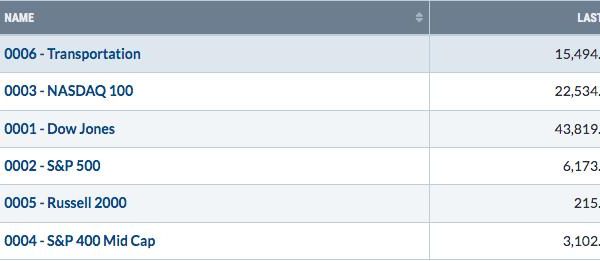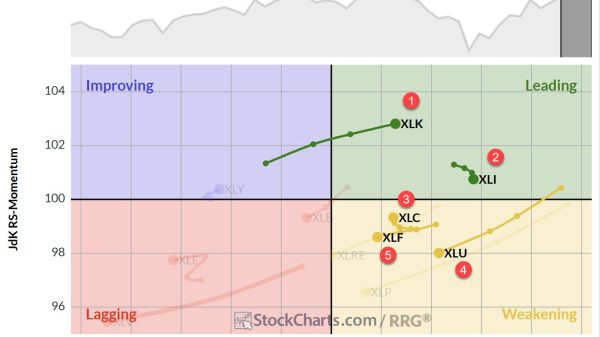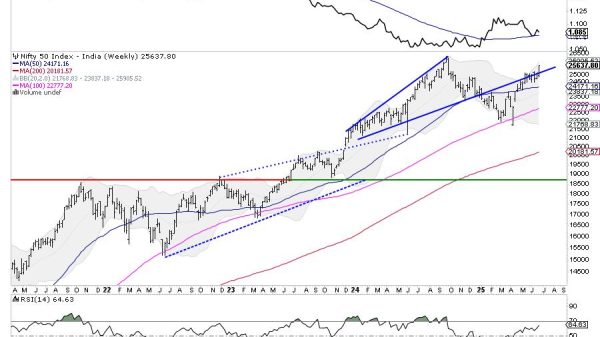Ethereum vs Polygon – side-by-side comparison
Ethereum vs. Polygon: what is the difference, and which one is better? This dilemma is lately mostly discussed among NFT creators. The choice of the network plays a vital role in the project’s success. But it also draws interest from the other crypto and blockchain enthusiasts. In this article, we thoroughly compare Ethereum and Polygon blockchain platforms.
Ethereum vs. Polygon Quick Overview
Polygon and Ethereum are the two most known proof-of-stake blockchain networks. Just for the record, Solana is the third most popular blockchain platform. Ethereum and Polygon both are extremely popular among crypto and NFT enthusiasts. But still, many investors don’t really know what is the difference and similarities between these two blockchain platforms. Ethereum is one of the most secure, decentralized blockchain networks for creating decentralized applications, dapps, building smart contracts, and NFT creation. Polygon network or polygon blockchain is cheaper than Ethereum, with faster transactions and lower gas fees. It makes it more attractive for gaming and high-volume transactions. However, Ethereum is still more popular in Defi and among NFT creators. Regarding programming languages used for smart contract creation, both networks are built using Solidity programming language. Also, both support the NFT marketplace, stablecoins, Defi, GameFi, and online payments. Despite Polygon’s lower transaction fees, Ethereum still boasts a higher TVL (total value locked). For NFT investors, it’s significantly cheaper to sell, mint, and buy NFTs on Polygon OpenSea than on Ethereum OpenSea. Ethereum supports various projects and decentralized exchanges, including Uniswap, MakerDAO, and Compound. Polygon has Aave, Curve Finance, and Sushiswap.Now let’s delve a bit deeper into these two blockchain networks and compare their main features, pros, and cons.
What is Ethereum?
To better understand Ethereum and also Polygon, you must start by understanding how the current Internet works and the principle of centralization.
Today, when we communicate our data on the Internet, it is stored on servers belonging to multinationals or governments. Thus, our personal information is available to these institutions: name, telephone number, e-mail address, credit card number, medical file, etc. Most of these servers belong to GAMAM (Google, Amazon, Meta, Apple, Microsoft), the world’s largest technology company.
Ethereum revolutionizes this operation by allowing online computer systems to operate without a trusted third party. Indeed, instead of using the server of a large company like Google, Ethereum allows applications to run on a network of many private computers (a decentralized system).
Thus, Ethereum is a platform that allows anyone to develop and offer applications on a global network. As these applications do not need a central server to be functional, we speak of decentralized applications (or DApps). No central authority is needed to operate them.
So we can define Ethereum as a free Apple Store. Today, to offer your application to users, you must first be authorized by Apple. You must comply with the rules imposed by the platform and pay a hosting fee.
The central idea of Ethereum is to allow everyone to use its network to build and run decentralized applications. In this way, there is no longer any need for authorization because there is no longer any need for third parties.
In summary, Ethereum’s vision is to create a form of “world computer”, a huge decentralized network that enables the operation of dapps.
What is Ethereum 2.0?
Ethereum 2.0 is an update designed to address major issues with the platform. In fact, Ethereum has two major problems: the relatively slow transaction validation speed and the high fees charged on the network.
What is Polygon?
Polygon is actually the Matic Network. The latter was renamed on February 9, 2021. However, this name change has no impact on the operation of previous solutions. Officially, the Polygon cryptocurrency was born in February 2017, but unofficially, it has already been in existence for several years.
Polygon’s goal is to extend the possibilities developed on the Ethereum blockchain. It is an interoperability and scaling framework for building blockchains. These are compatible with Ethereum Blockchain.
The Polygon project fascinates developers, and it’s no coincidence. This project is very successful. This is arguably one of the most effective attempts at blockchain interoperability. It is designed to meet certain limitations of Ethereum and ultimately increase transaction speed.
For example, the advances are much more advanced than projects such as Cosmos or Polkadot. For what? Simply because the Polygon project is compatible with the Ethereum virtual machine.
Anyone who creates applications on Ethereum can therefore use it. Several projects have already been launched using the Plasma scaling technology of the Polygon project. And that’s just the beginning.
Ethereum vs Polygon thorough comparison
The market cap
From January 2023, the Ethereum network is estimated to reach a market capitalization of $474.6b. The Polygon network has a market cap of $220.9b as per the latest market data analysis. The market cap is calculated when you multiply an asset’s circulating supply and currency price. The higher the market capitalization, the more prominent the network is in the market.
Consensus mechanism
Both networks use the Proof of Stake PoS consensus mechanism. During the Merge, Ethereum migrated to the proof of stake. It’s known that proof of work goes hand in hand with excessive energy consumption. Polygon relies on PoS and other mechanisms such as ZK rollups and Plasma chains to achieve better scalability.
TVL
The total value locked for the Ethereum blockchain network is estimated at $27.25b. Polygon network has a TVL of $1.15b, which is quite different. The TVL is an important parameter telling us a lot about the network’s prominence. It is the estimated total value of all smart contracts built on the specific blockchain. It generally reflects the blockchain’s scalability, liquidity, and popularity in the DeFi ecosystem.
Transaction per Second (TPS)
TPS measures the scalability of the network. As of the time of writing, the Ethereum can handle 50,000 TPS. Polygon is at nearly 65k TPS , using a unique sidechain-based scaling solution that utilizes a layer-2 scaling solution to achieve high TPS.
Gas Fees on Polygon and Ethereum
Polygon developers sought to address the expensive gas fees on the Ethereum network during high traffic. The gas fees on Polygon are still less expensive than Ethereum, even though the Ethereum fees have dropped from their high of $196.69. To ensure these fees stay low, Polygon conducted a hard fork as of January 17, 2023, to reduce the “gas spikes” that can occur due to the faster block times on the Polygon Proof-of-Stake chain.
Ethereum vs Polygon transaction fees
Ethereum Polygon
Token Transfer $2.10 $0.00065 NFT Transfer $6 $0.00055 WETH to ERC20 Swap $14 $0.0012 OpenSea Swap $40 $0.003Polygon vs Ethereum: GameFi, Defi, and NFTs
Due to the transaction cost, most Gamefi games move to the Polygon. If you want to play blockchain-based games, Polygon is the best bet.
Regarding DefFi, if your capital is under one million, Ethereum is inefficient due to the cost of withdrawals and deposits. Also, the gas fees on Ethereum will reduce your yields and make your yield farming redundant. Instead, you can use the AAVE platform on Polygon and pay fewer transaction fees. When it comes to smaller accounts, Polygon is a better option.
Both blockchains support minting and trading NFTs. OpenSea, the largest NFT marketplace, recently started supporting NFTs built on Polygon. Since Polygon offers lower transaction fees, OpenSea takes care of all gas costs enabling free transactions for users. But if you transfer ETH to Polygon, you will still need to pay gas fees.
The Polygon is the best option if you are tapping into a growing market and looking for low gas fees. If you are looking for more liquidity and want to list your collection alongside blue-chip NFTs, Ethereum might be a better choice. The average NFT cost on Polygon is less at $10, while Ethereum costs about $345. Most blue chip NFTs are on Ethereum: CryptoPunks, Azuki, Bores Apes.
Ethereum vs Polygon: Conclusion
Polygon and Ethereum are two separate blockchain networks designed to serve distinct but related needs in decentralized technology. Ethereum is designed to provide a platform for digital assets, smart contracts, and dApps, whereas Polygon is intended to solve Ethereum’s scalability issues, offering faster and more affordable transactions.
Both networks facilitate Decentralized Finance (DeFi), Non-Fungible Tokens (NFTs), and GameFi, and Polygon is especially advantageous to those with smaller budgets or who require lower transaction fees. The combination of Ethereum and Polygon creates an impressive collective that encourages the growth of the decentralized world.
Polygon’s goal is to increase the accessibility of Ethereum by providing an enhanced version of the blockchain with decreased costs and swifter transactions. Although there are some doubts as to what role Polygon will play after Ethereum completes its improvements, it currently is beneficial to the crypto world by bringing in more users by giving them scalable web3 options.
The post Ethereum vs Polygon – Side by side comparison appeared first on FinanceBrokerage.























